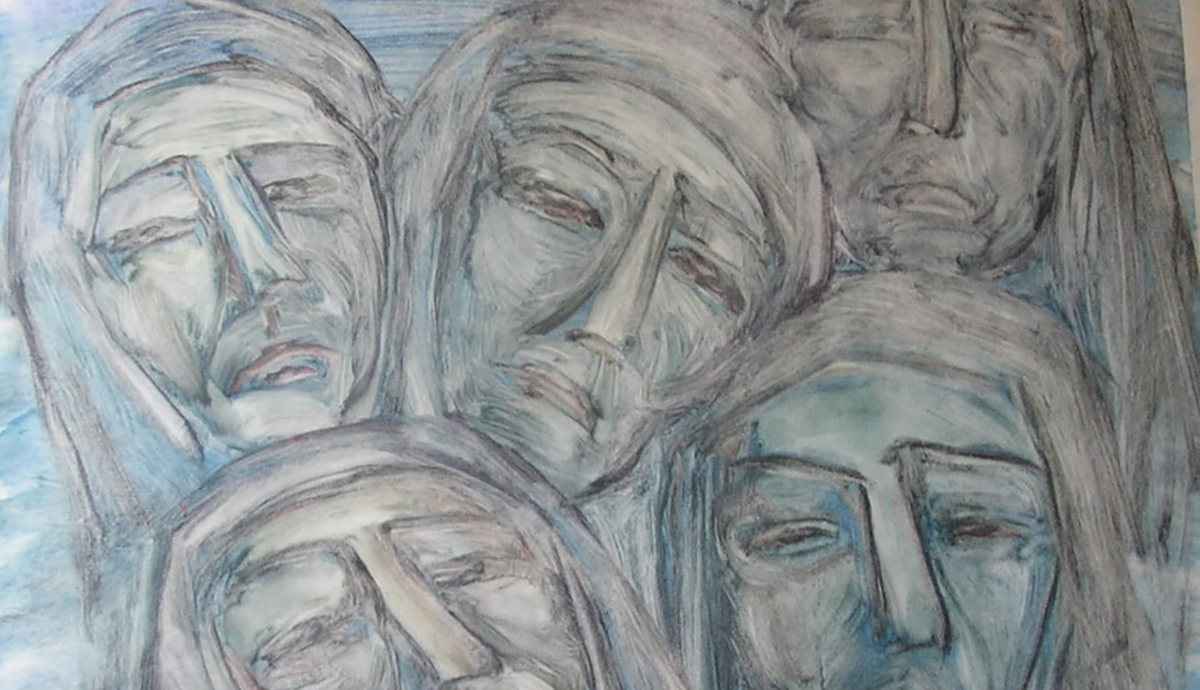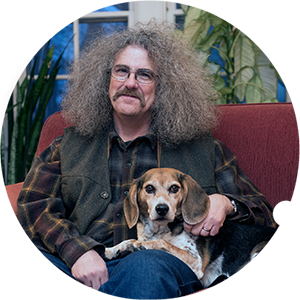—based on Aglaia Papa’s painting Cyprus Mothers
How many faces of death are there? Winter? Spring? Summer?
A crow flies into your belly one autumn afternoon.
Eight hours later you dream of your dead mother
buying you a leather hat. You can never have
too much protection, she says, handing the clerk several stiff bills.
These Cyprus Mothers cry out for the dead
mirrors they can no longer hang or look into. No longer
face their own faces, for inside them are the daughters
and sons they have lost. Embedded there like dust or light
morning sleep when they approach the engulfing edge
of knowing too much. Only a protest, they say. Only signs our poor
children held up in the streets. Even the donkeys of these
mothers cry out with terrifying animal sounds that seem to
arise from the depth of dry wells. A dry well is what is
in the heart, now, of these mothers. They have wept so long
even the weeping hurts. These five faces Aglaia Papa
has painted somehow become one. One large face
of communal doom. How could she have known
this depth of maternal sorrow? How many rats had crawled
into the hay loft of her art studio to instruct her
on the multiple ways of biting and eating, the multiple ways
of defecating death? A tobacco strike could never be
enough to send the living mothers into a burn of hurt
from which they could never emerge. Papa somehow
captures the dread of knowing our own faces can suddenly
change from joy to anguish. We dream a mother
coming to us one night as a crow. And the next morning
we find a dead sparrow on the patio chair. There are
ways of knowing only the dead know. Five ways they keep
trying to tell. Five ways of weeping as we bring our-
selves into a mirror each morning hoping to see into and
through the other side of an internal cry we tell no one.



